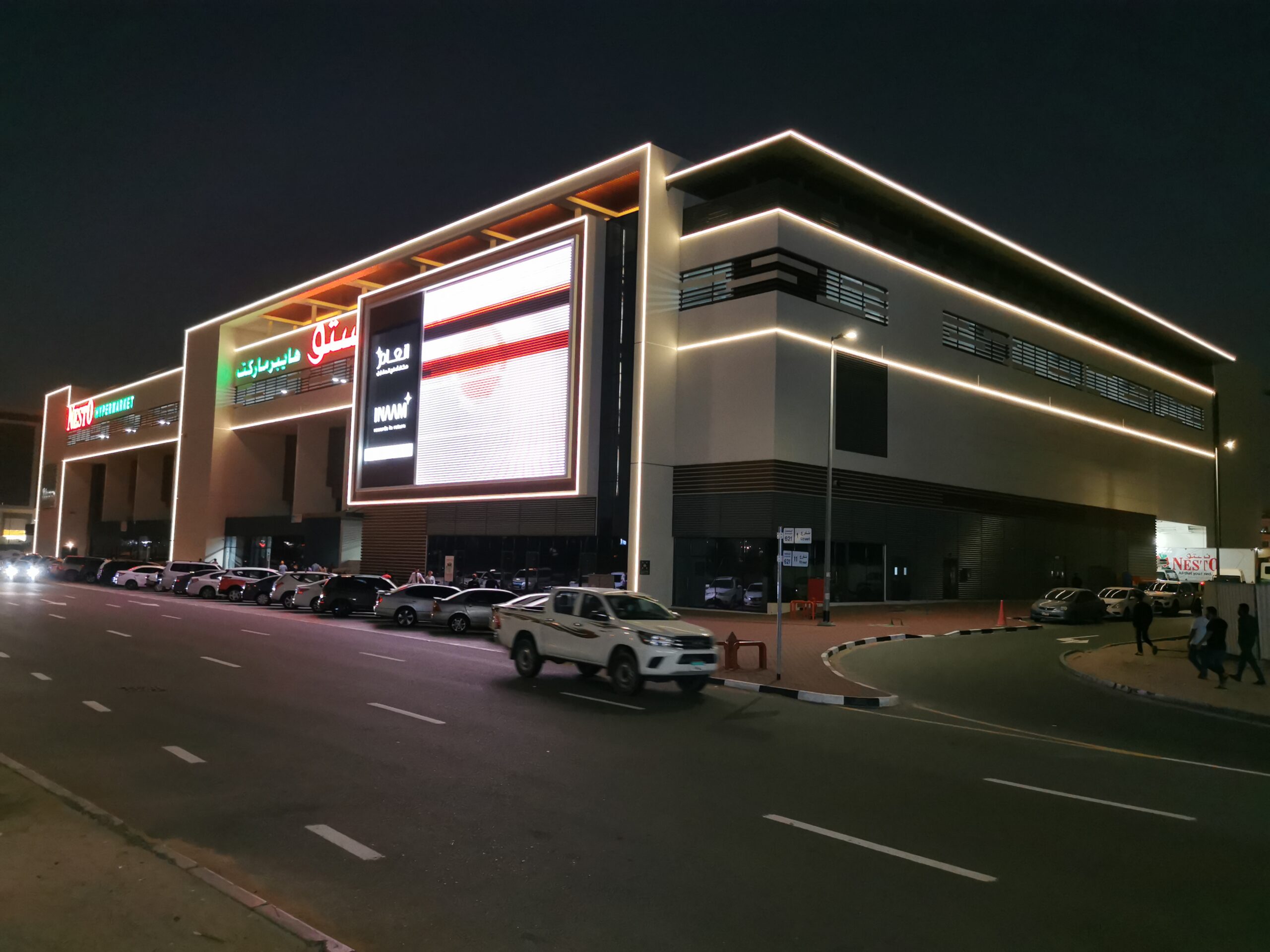
All you Need to Know about Media Facade Lightings
- admin
- May 11, 2023
- Facade Lighting
- 0 Comments
Dubai, the city of skyscrapers and innovation, has always been at the forefront of architectural advancements. One such innovation that has taken the city by storm is the use of Media Facades on Buildings. Media facades are large-scale digital displays that cover the facades of buildings, transforming them into dynamic and interactive canvases. These facades are designed to capture the attention of passersby, making them an ideal platform for advertising, branding, and public art installations.
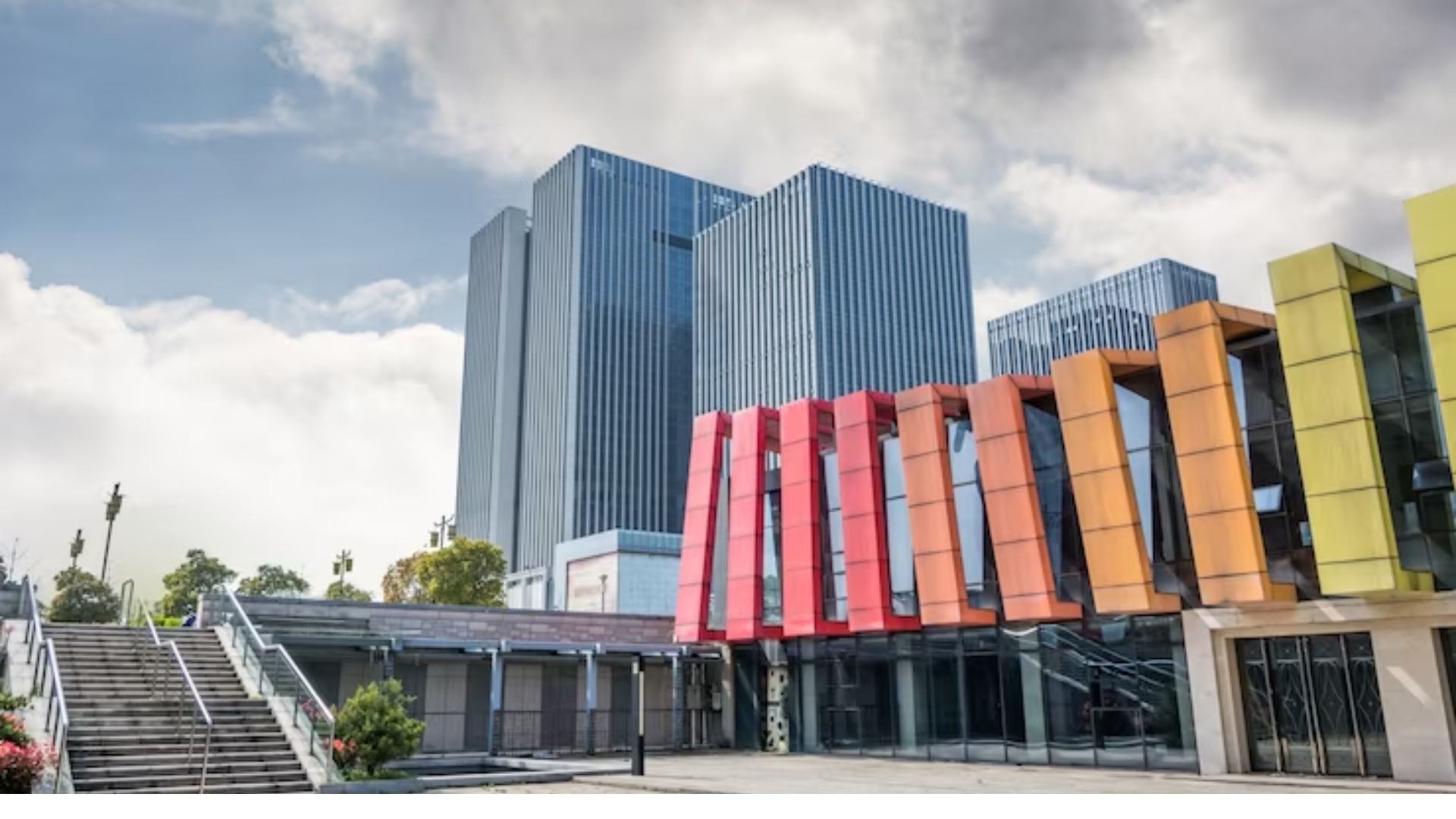
Media Facade Lighting has become increasingly popular in Dubai, thanks to its ability to create a unique visual experience. The technology used in these facades allows for high-resolution images, videos, and animations to be projected onto the building’s surface, creating a vibrant display that can be seen from miles away. The facades are also equipped with various sensors that can detect changes in the environment, allowing them to adjust their brightness and colour in response to the changing light conditions.
Media facades have been used for various purposes in Dubai, ranging from commercial advertising to public art installations. One of the most notable examples of Media Facade Lighting Dubai is the Burj Khalifa. The world’s tallest building is covered with thousands of LED lights that can be programmed to create stunning light shows.
Another example of media facade lighting Dubai is the Dubai Frame. The 150-meter-high structure is covered with a digital facade that displays images of the city’s landmarks and cultural heritage
Motives for the Popularity of Transparent Media Facade
Transparent LED Displays (or TLD) have been utilised in digital displays for nearly ten years, but it has only lately become more commonplace since this form of digital system is being employed in a variety of industries, from hospitals to retail stores.
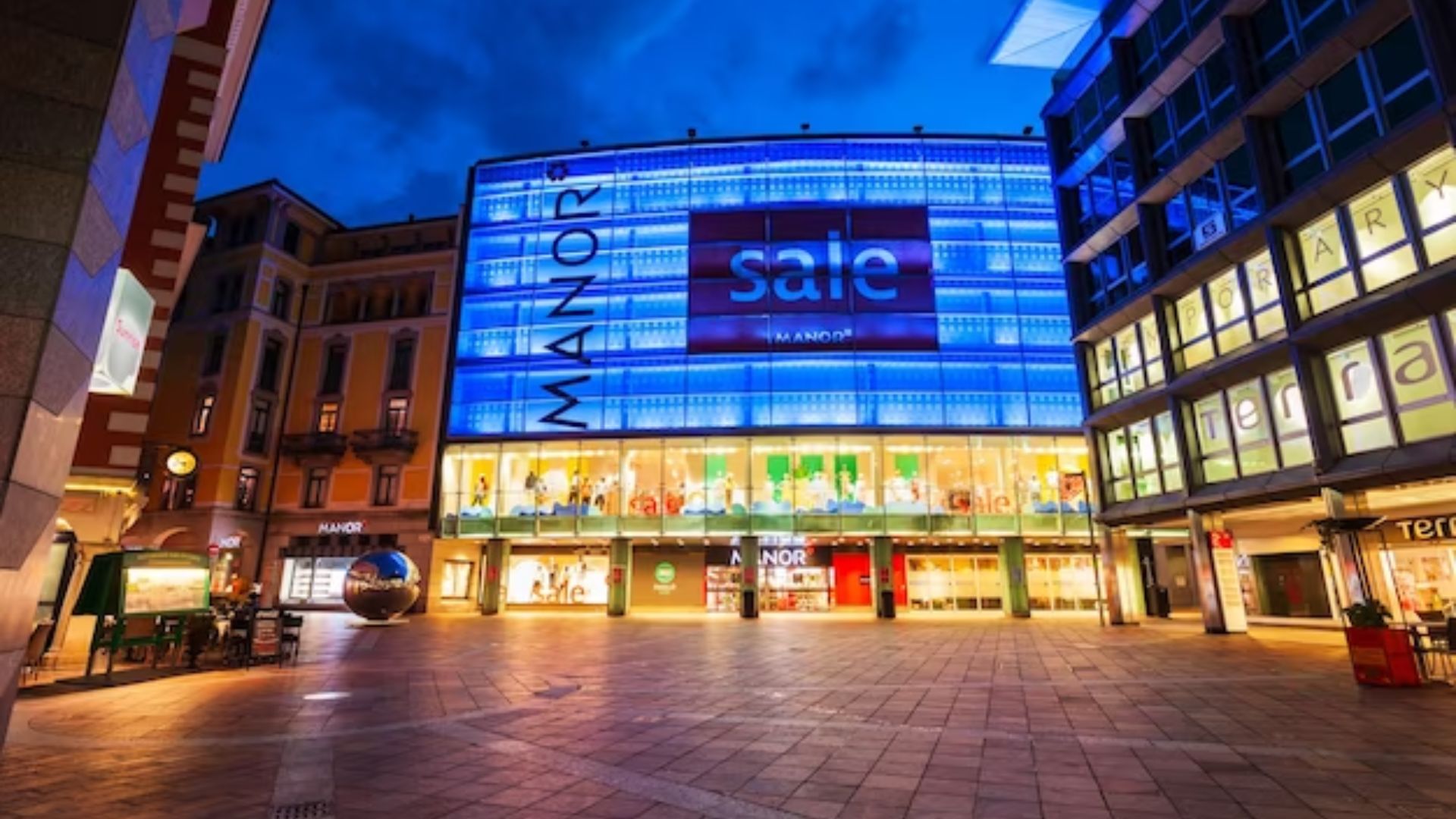
One cannot but stop and take a closer look when they come across a transparent LED glass display. They frequently pause and pause. These exhibits are impressive, and interest is undoubtedly growing. Other explanations for the appeal of these displays include the following:
- Energy Efficient- Transparent LED is more energy-efficient than a regular LED because it does not need to be on all the time. Our LED glass is completely transparent architectural glass when it is off. These LEDs consume less than other digital indicators. By letting natural sunshine into buildings, transparency is essential for reducing energy expenditures.
- Flexibility – Transparent glass led displays can be completely customised to match your building design requirements, just like normal architectural glass.
- Cost-effective – Since a single installation of glass serves as both your media wall and a building material, installing our LED glass saves time and money when establishing media facades. Additionally, our LEDs are completely sealed and safeguarded between construction-grade glass, extending their lifespan (>100,000 hours) and reducing the need for maintenance and repairs.
- Ultra-high definition; transparency Built-in to the architecture
- Easy to install and move; little weight
- Energy savings Increased expertise and imagination
- Easy Assembly Easy Dismantling
- Easily Maintained Long Life
In conclusion, media facade lighting has become an integral part of Dubai’s architectural landscape. Technology has transformed the media facades on building, turning them into dynamic and interactive canvases that capture the attention of passersby. These facades have been used for various purposes, ranging from commercial advertising to public art installations, and have become a source of revenue for building owners. With the continued development of this technology, media facades are set to become even more prevalent in Dubai’s skyline, adding to the city’s reputation as a hub of innovation and creativity.

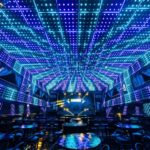
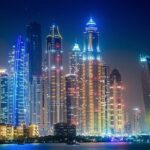
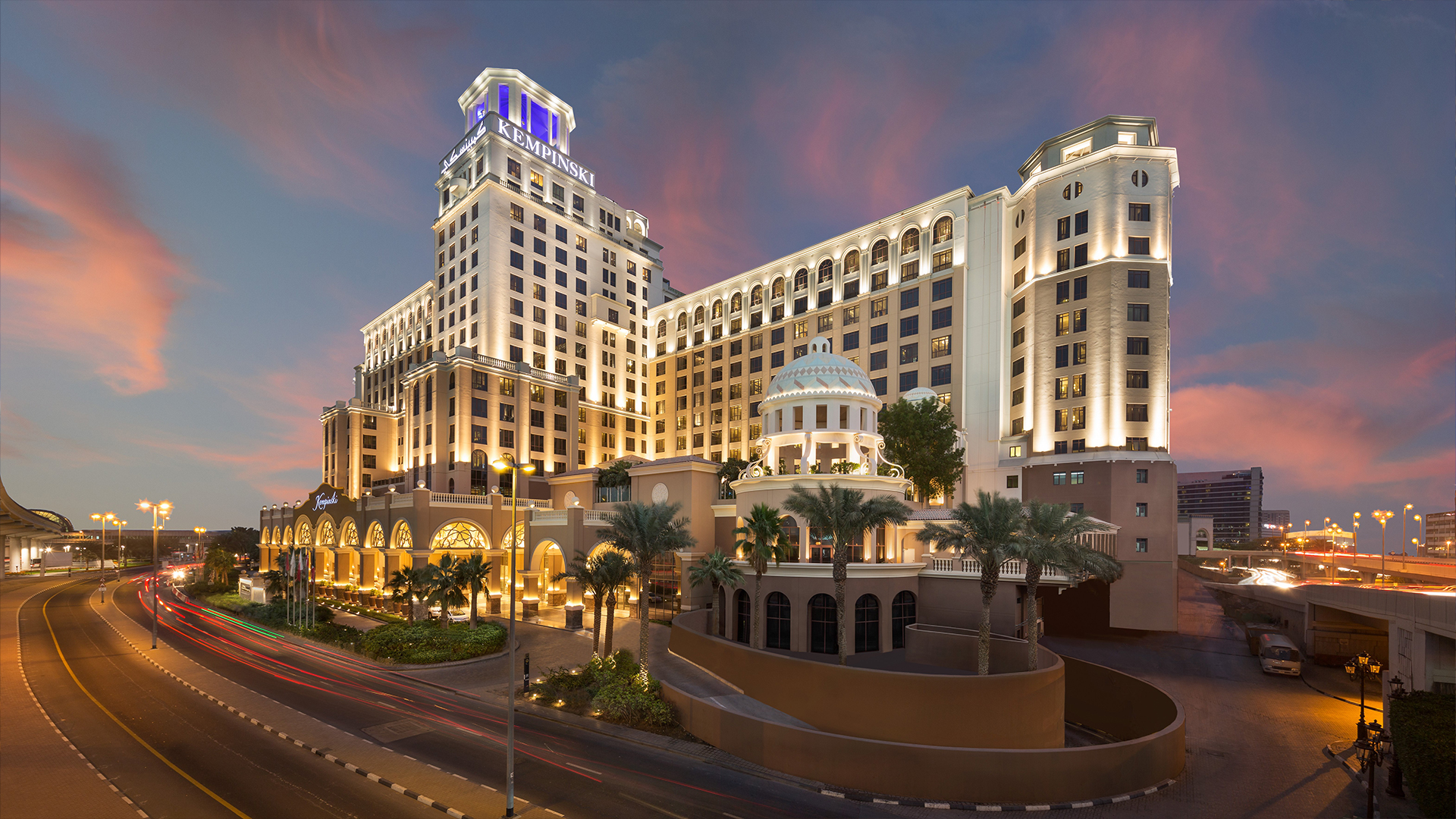
Recent Comments